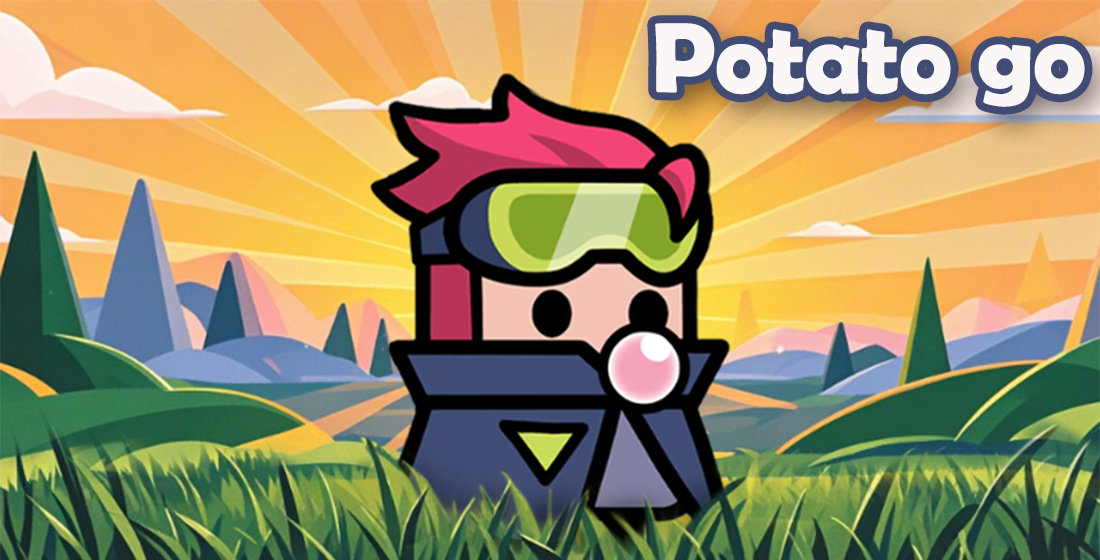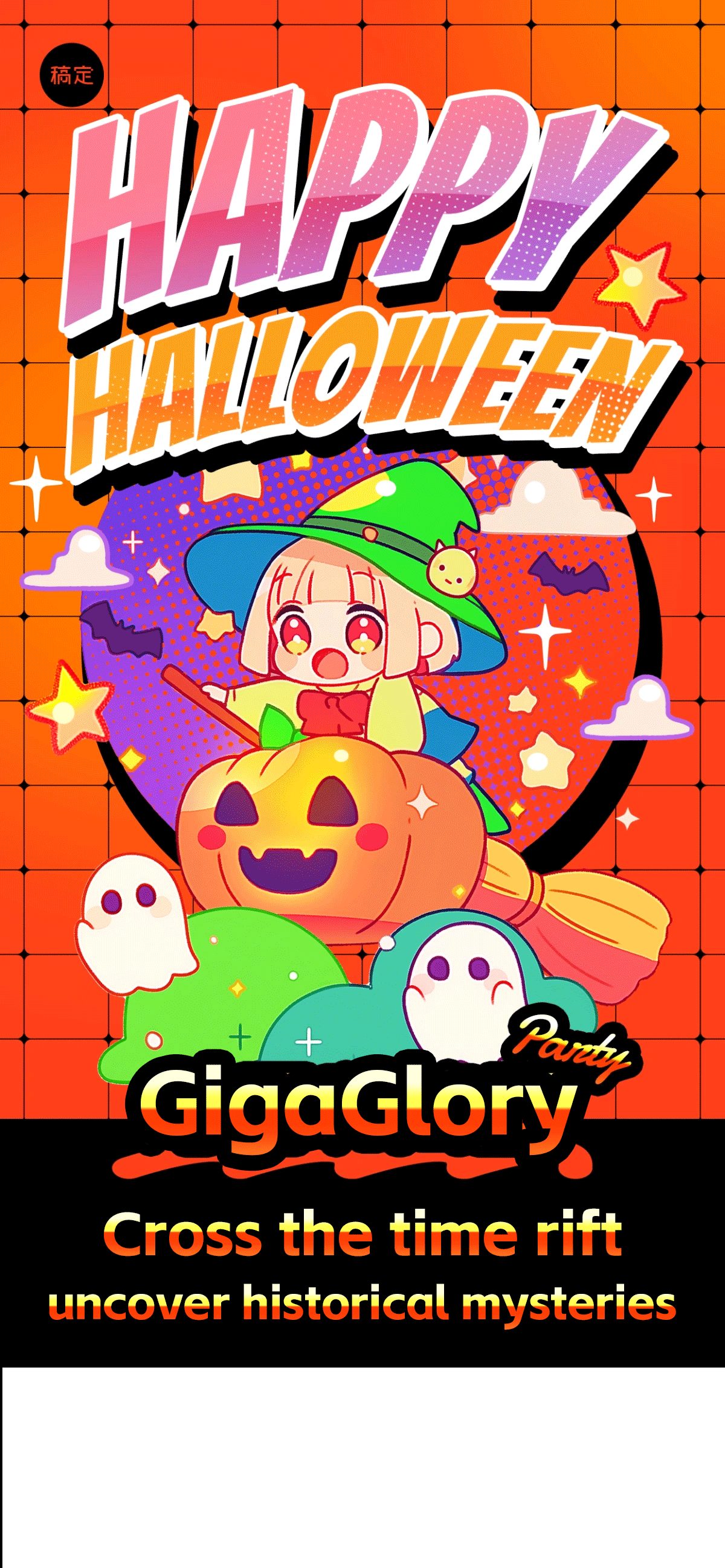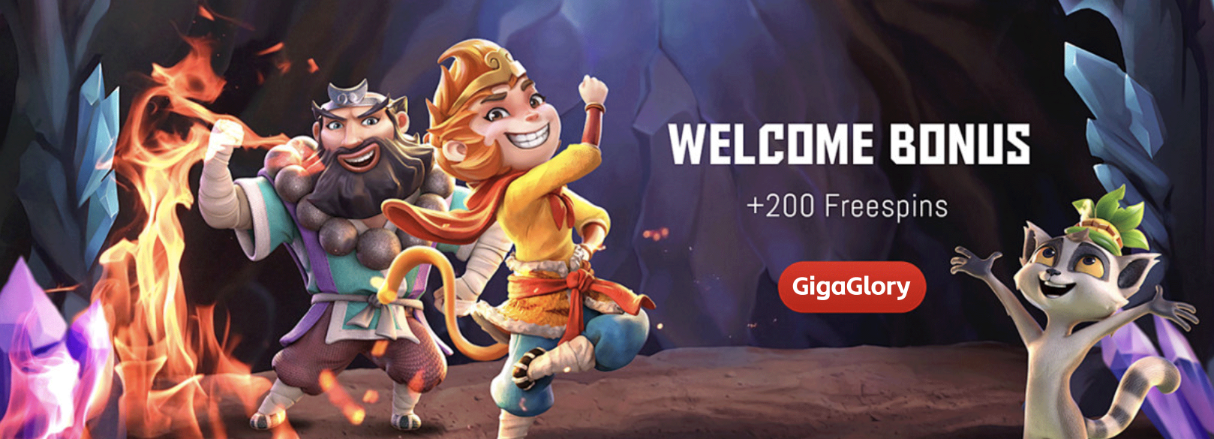Exploring the Freedom of Open World and Sandbox Games: Why They Capture Our Imagination
In the ever-evolving landscape of video gaming, open world games and sandbox games stand out not merely for their expansive environments, but for the liberation they grant players in their interactions. Players aren't simply following linear narratives; they're crafting their adventures. This article delves into why these gaming formats capture hearts, ignite imaginations, and encourage creative freedom.
The Universe of Open World Games
Open world games offer a vast playground, ripe for exploration. Unlike traditional games that confine players to specific paths, open world games present a sprawling canvas where one can roam freely. Here are some classic examples:
- The Legend of Zelda: Breath of the Wild
- GTA V
- Red Dead Redemption 2
Defining Sandbox Games
Sandbox games present slightly different mechanics, emphasizing player creativity. They provide tools to build, modify, and manipulate worlds, often resulting in unique gameplay experiences. Key examples of sandbox games include:
- Minecraft
- Roblox
- Garry's Mod
Cultural Impact of Open World Games
p>Open world games have influenced pop culture significantly. Games like The Witcher and their storylines have inspired books, TV shows, and film adaptations, showcasing their far-reaching impact.Exploration and Immersion
The sheer size and detail in open world games foster a sense of immersion. Players lose themselves in worlds teeming with life, opening streets bustling with NPCs or serene landscapes waiting to be explored. This level of detail enhances emotional investment in the game.
Freedom of Choice
In these universes, players' choices shape their experiences. The notion of freedom directly correlates with player satisfaction. A game where you control your progress fosters a sense of agency, leading to a richer gameplay experience.
Community and Interaction
Home to communities that thrive on sharing experiences, sandbox games encourage collaboration. Players can share their builds in Minecraft or set up unique game modes in Roblox, reinforcing the idea that gaming is a social experience.
Player-Centric Design
Modern open world games employ player-centric design principles. Designing with the player in mind ensures satisfying experiences and elevates gameplay mechanics beyond mere mechanics.
The Role of Mods
Mods have become a cornerstone in the community of both open world and sandbox games. They allow players to alter and enhance their gameplay, keeping their favorite games fresh. This DIY ethos invigorates the gaming landscape substantially.
Risks and Challenges
However, freedom isn’t without its challenges. Open worlds can sometimes feel overwhelming. Titles like Football Manager 2017 have faced criticism for crashes during matches, revealing that even the most robust systems have flaws.
The Blend of Genres
One fascinating trend is the blending of genres. The rise of match 3 RPG games coupled with sandbox mechanics shows how creative game design can extend a game’s longevity and appeal.
Aesthetic Appeal
Visually engaging worlds contribute hugely to player engagement. The art direction in games like Horizon Zero Dawn showcases how stunning graphics can captivate players, making exploration an aesthetically pleasing experience.
Gaming as an Art Form
Gaming has transitioned into a legitimate art form, allowing designers to weave narratives, explore themes, and provoke thoughts much like traditional art does. Open world and sandbox games exemplify this through sprawling narratives and emotional story arcs.
Future Trends in Open World and Sandbox Games
With technological advances like VR and AR, the potential for open world games is limitless. Imagine stepping into a game where the lines between reality and the game blur, providing even more immersive experiences.
Character Development in Open Worlds
Character progression is vital in these games. Players often invest hours developing their character's skills, appearance, and reputation within the game world, reinforcing their emotional connection to their avatar.
Engaging Storylines and Quests
Moreover, a well-crafted narrative can elevate the open-world experience. Engaging characters, plot twists, and immersive side quests contribute to a richer experience that captivates players beyond the primary storyline.
Conclusion: The Allure of Freedom
Ultimately, the lasting charm of open world games and sandbox games lies in the freedom they provide players. As we traverse these landscapes, crafting our stories, connecting with others, and expressing our creativity, we remind ourselves why we play games. It’s not just about completing quests or achieving high scores; it’s about the freedom to explore, create, and enjoy.
| Game Type | Example Games | Main Features |
|---|---|---|
| Open World | The Legend of Zelda: Breath of the Wild | Freedom to explore, dynamic quests |
| Sandbox | Minecraft | Creative building, unlimited possibilities |
| Match 3 RPG | Match 3 RPG Game | Combining genres, player progression |



